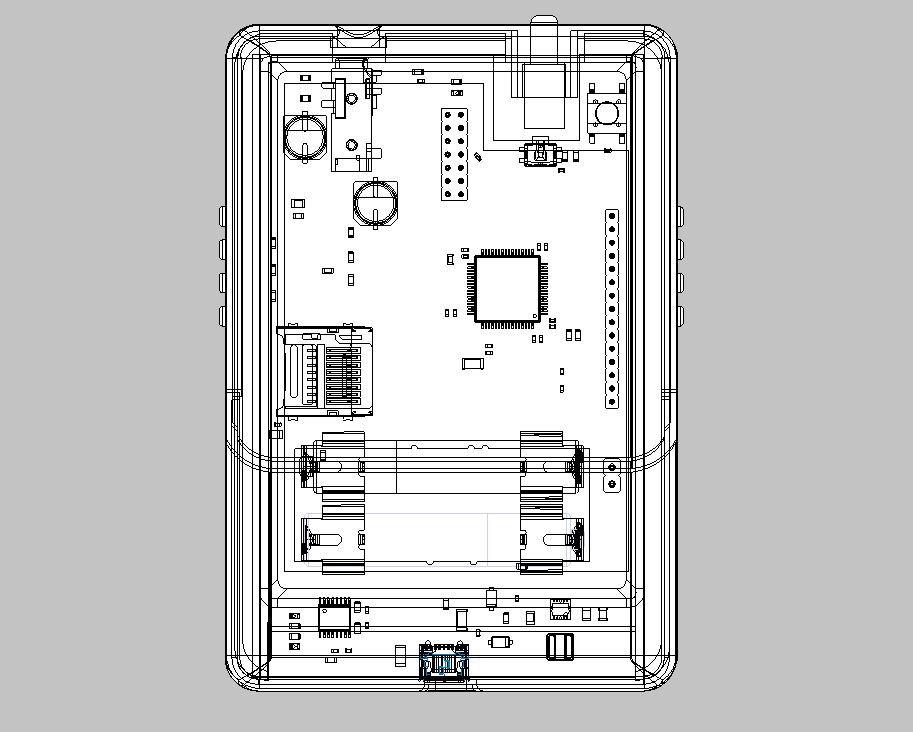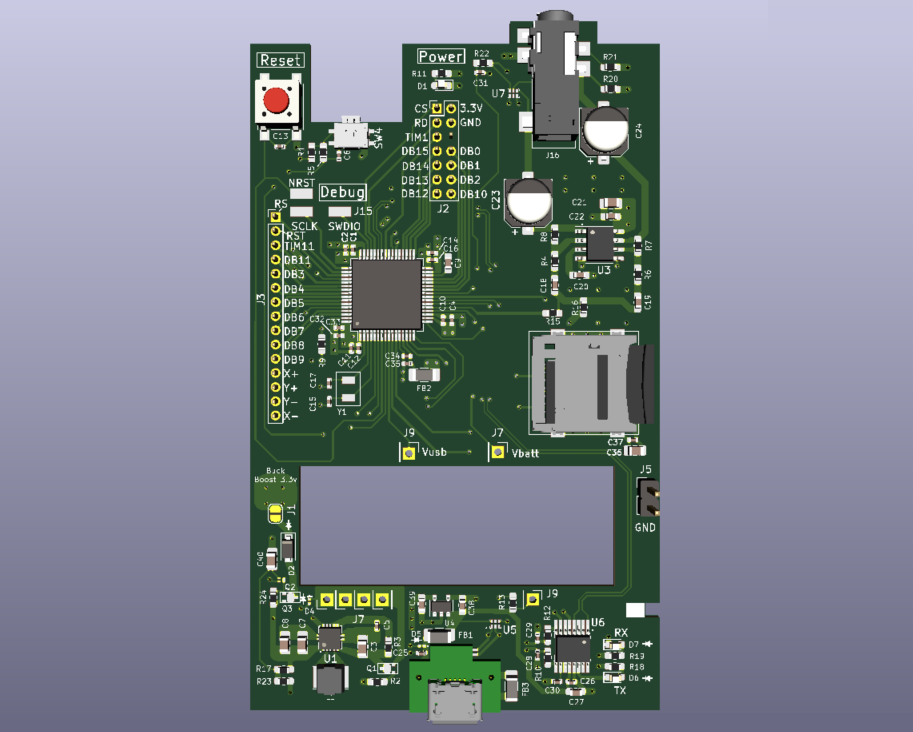The embedded
resume Project
the PROJECT
My name is Aaron Vorse, and at the time of releasing this project, I was a junior engineer with bachelor’s degrees in both electrical engineering and German studies.
The Embedded Resume Project started as a concept in March of 2020. I wanted to create something that would allow me to present my passion and skillset in electronics and embedded systems engineering to potential employers. The plan was to make 10 total devices and send them to my top companies.
With a head full of ideas and plenty of determination, I set off. Over the next 16 months I spent every free minute I had creating the entire Embedded Resume device from scratch. From developing the physical design, electronic hardware, and firmware to sourcing components and dealing with fabrication houses, I brought the idea to life while persevering through the endless challenges that 2020 brought with it.
Although it was an enormous amount of work that spanned nearly a year and a half, this is what I love to do, and I enjoyed every challenge along the way. After months of late nights and coffee refills, I am proud to present to you this elegant yet sophisticated embedded systems device.


The Device

The Embedded Resume Device is a compact embedded system with the form factor of a modern cell phone. Simply put, it is a physical electronic version of my resume which allows potential employers to learn about my previous work experience, engineering projects, skillset and more.
Its custom enclosure is made up of three separate mechanical elements, which slide and lock together to form the main unit. The case was designed in SolidWorks CAD and 3D printed using PolyJet technology to form a durable, UV-cured shell.
The heart of the device is its hardware, which is implemented across two four-layer, impedance-controlled printed circuit boards (PCBs) that make up the entire electrical system. The main board, along with an LCD daughter card, feature circuits such as a DAC audio amplifier, buck-boost power supply, USB-UART transceiver, real time clock and more, which are all controlled by a 32-bit ARM Cortex M4 microcontroller.
The functionality of the system is brought to life by more than 13,000 lines of embedded C firmware. No libraries (except the microcontroller startup file) were used in the entire firmware codebase, and everything from the register level device drivers up to the application layer was personally written by me starting at bare metal. By implementing a rich graphical user interface (GUI) and activating specific hardware peripherals, the device is able to provide a rich user experience.
the Mission
My goal with the project was to gain a position as an electronics/embedded systems engineer at one of my top ten favorite companies. Engineering is what I’ve always loved to do, and I was searching for an environment where I could wake up every day and pour passion into my work.
After releasing the project, I was blown away with how positive the reception was. I received an honorable mention from The Amp Hour podcast and was humbled to be featured on Embeddedfm’s Feature Friday newsletter.
In the end, I was only able to send out 3 out out of the 10 devices I had before receiving an offer that I couldn’t pass up. Although my main motivation was to land a dream job, I found that the knowledge gained during the year and a half of development was just as valuable.



